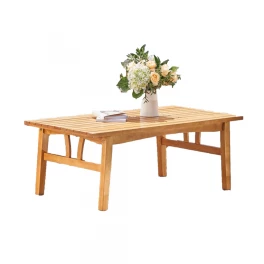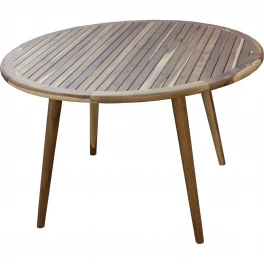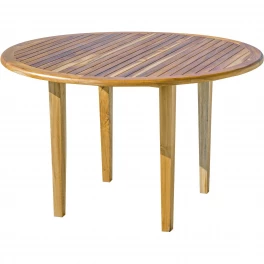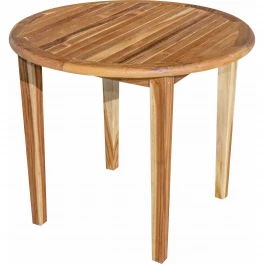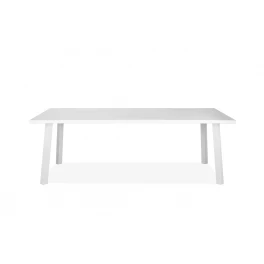Garden hoses are pretty rugged, but over time leaks can develop around the fittings or anywhere along the hose. If your hose has leaky fittings or water spraying out of a few holes, don’t give up on it just yet! A quality hose is expensive, and repair parts can extend the life of the hose for a fraction of the cost. A DIY hose repair kit you can buy at any hardware store or garden center can make a leaky hose as good as new!
Leaky Fittings
If water is dripping or spraying from the fittings, check the fitting for a damaged or missing rubber washer. This washer is needed to form a tight fit. If the washer is old and crumbly or missing, purchase a new washer and see if that fixes the problem. If still leaking, you can easily replace the fitting.
Repair Parts
There are many types of garden hose repair parts. You can buy just the fitting you need or a kit that has both a male (threads on the outside) and female (threads on the inside) fitting. Fittings come in plastic or metal. Metal will last longer, but plastic creates less wear and tear on the hose. Measure the diameter of your hose and purchase the parts you need. Hoses are typically 5/8 of an inch in diameter, but half-inch and 3/4-inch hoses are also available. You will also need a utility knife and a cross-tip screwdriver.
Replace the Old Fitting
Use a sharp utility knife or kitchen knife to cut off the old leaky fitting. Make the cut as straight as possible.
Disassemble the new fitting. Most fittings have a barb that slides into the hose and a clamp that goes around the hose and the barb. Slide the barb into the cut hose. If the hose is cold, let is sit in the sun to make it more flexible. If the barb will not easily slide into the hose, use some soapy water as a lubricant. Push the barb in as far as it will go.
Place the clamp parts over the hose and make sure it goes around the hose and the barb.
Tighten the screws snug, but not over tight. On plastic fittings, you can crack the clamp if you tighten the screws too far.
Depending on which end of the hose you repaired, hook it up to a faucet or nozzle and check for leaks. Your hose should be as good as new.
Punctures and Rips
If your hose has a puncture or a torn spot that’s spurting water, you can purchase a splice which is a dual barb with clamps on both sides. It works the same way as a fitting, but you slide both sides of the cut hose over the barb to keep the hose a single hose.
Another way to fix a puncture is to cut out the damaged section and install a new male or female fitting on one side of the hose and a connecting fitting on the other side. You now have two hoses that you can join together. Be careful not to create a hose that has two male or two female ends.
Hose Tips
Don’t let a kink form and remain in a hose. Kinks can weaken the structure of the hose and eventually lead to leaks.
Don’t let hoses freeze with water inside them. When winter comes, drain all the water from hoses and store them out of the elements. Coil the hose up to prevent any kinks from forming. Each loop should be about three feet in diameter. If possible, store the hose inside.
Avoid dragging your hose by the spray nozzle because that’s one of the main causes of leaky fittings. Grab a section of hose and pull it toward you rather than pulling it with the spray nozzle.
Save Money and the Environment
If your garden hose has developed a few leaks, consider repairing over replacing. Repair parts cost far less than a new hose, and the material most hoses are made from isn’t recyclable.




